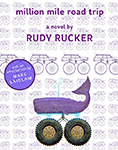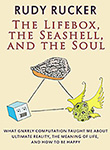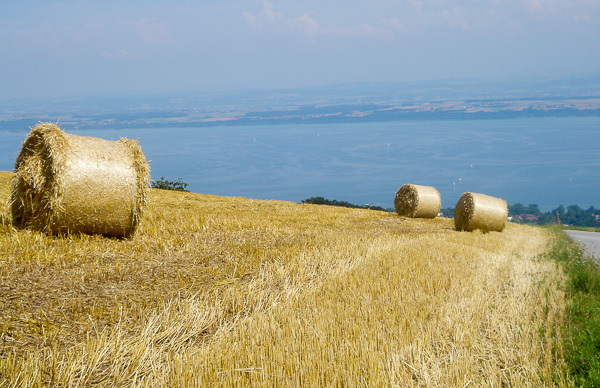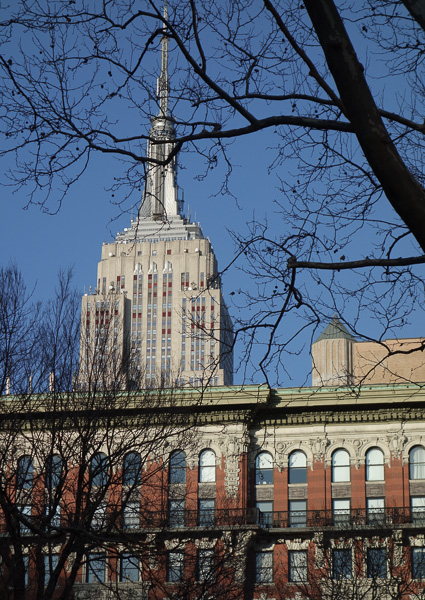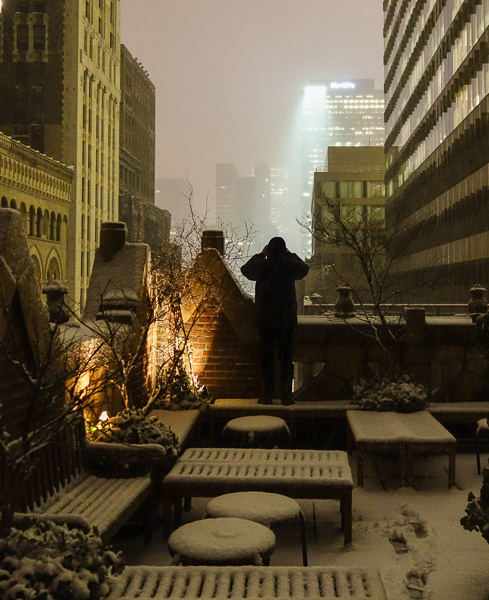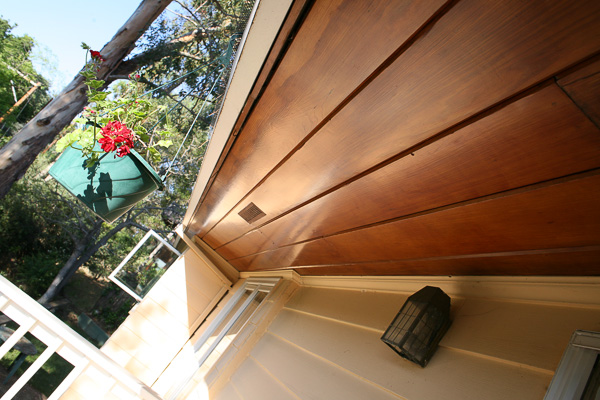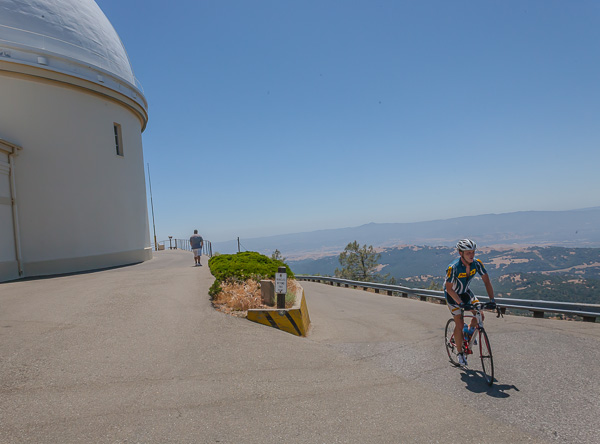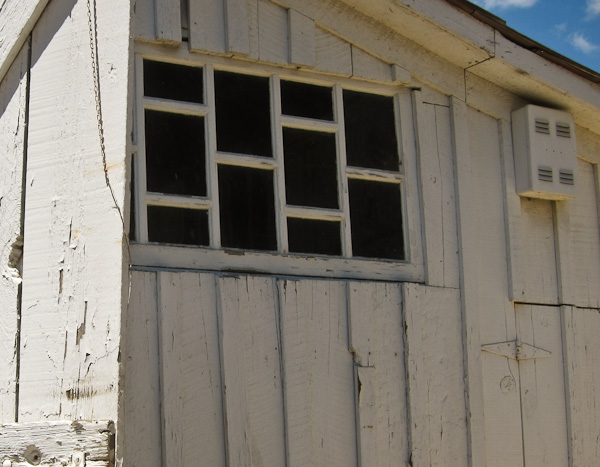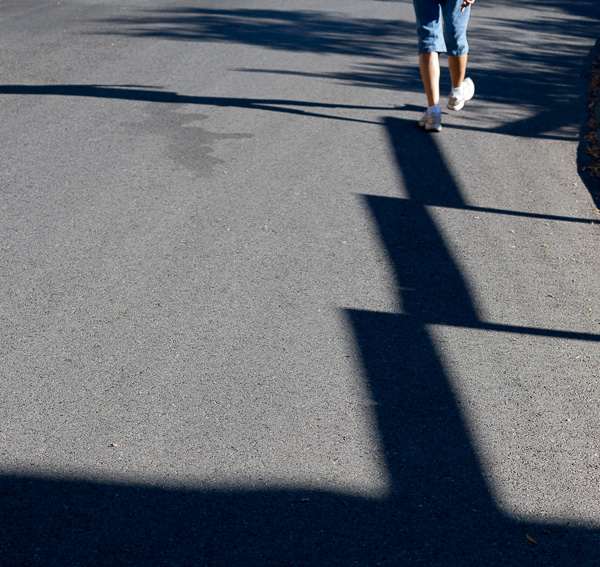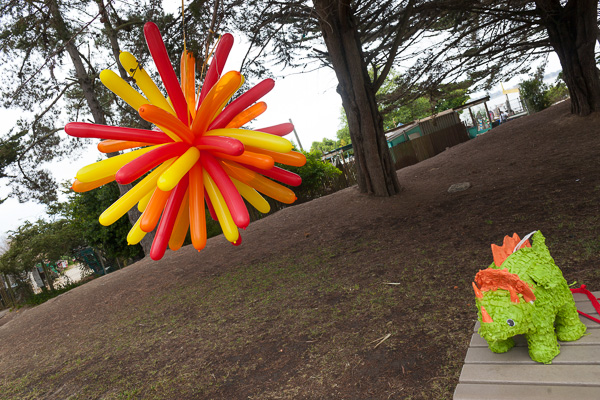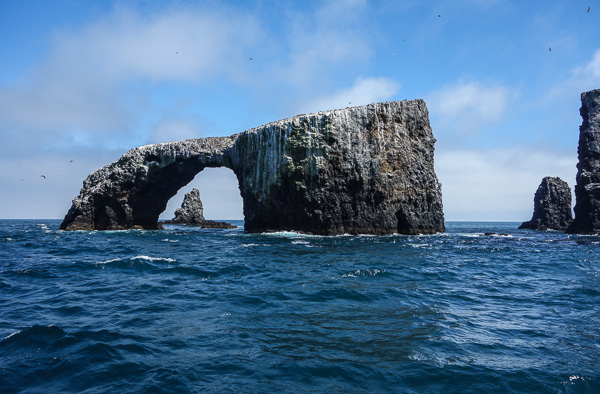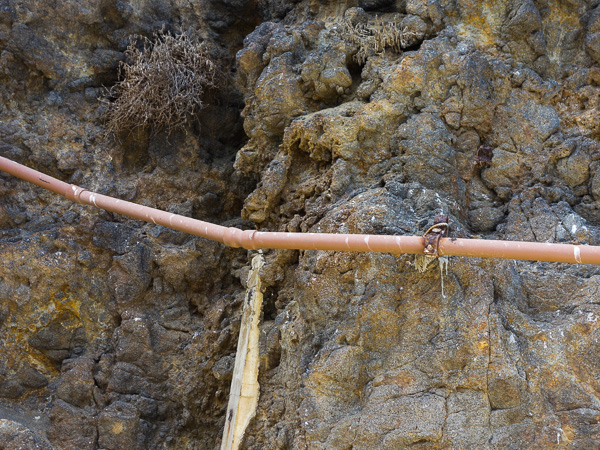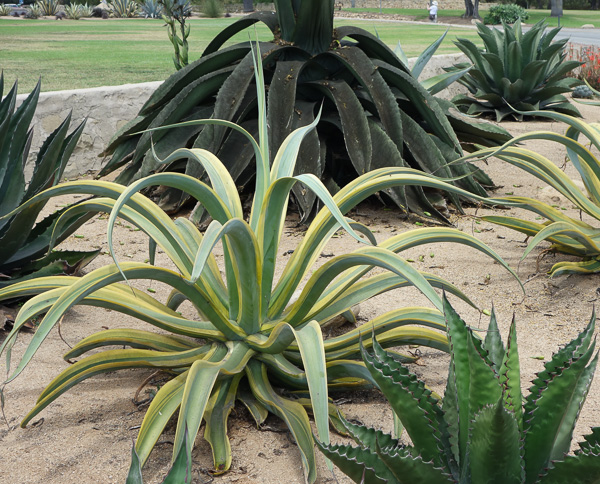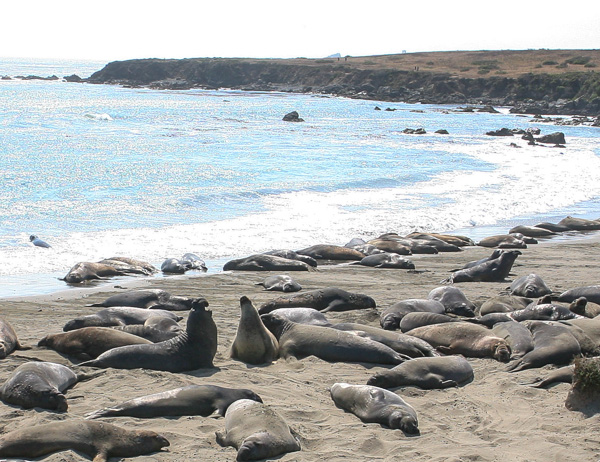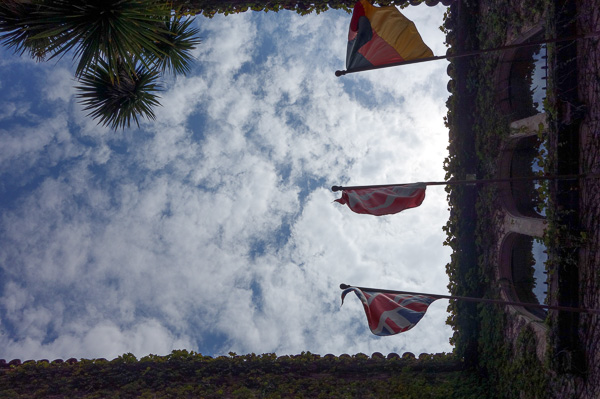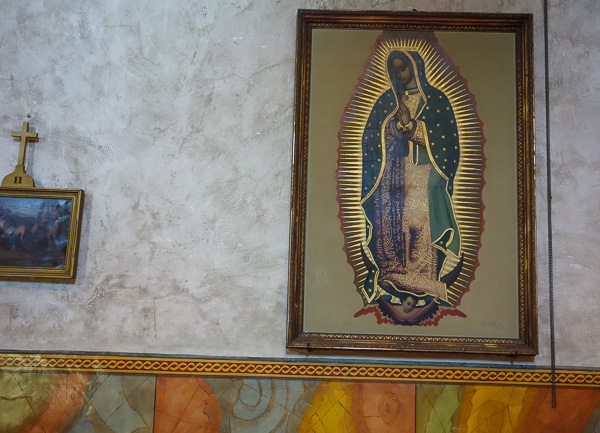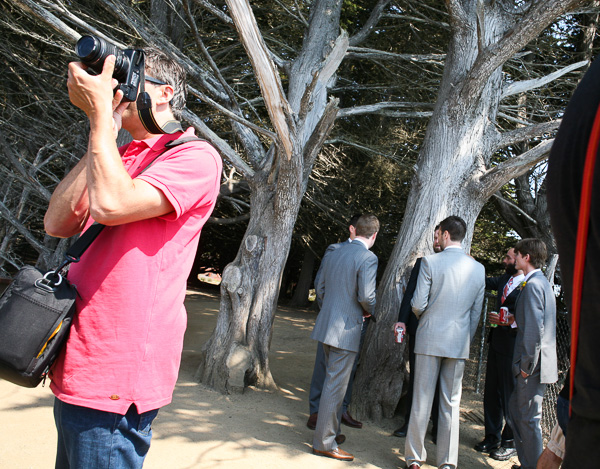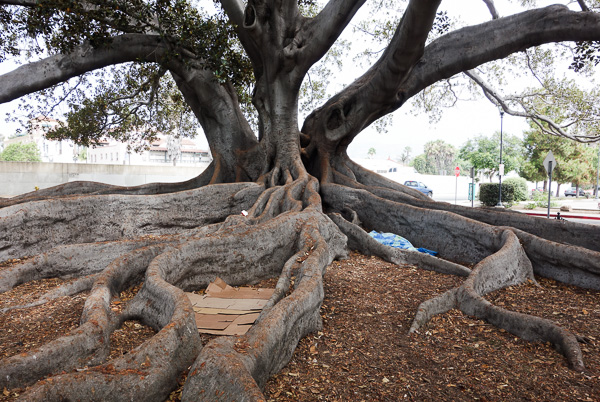This post and the previous one are drawn from an essay called “Gnarly SF” which appears in my Collected Essays. You can read the complete essay online as part of the Collected Essays. I split my excerpts into two pieces: “What is Gnarl?” in my previous post, and “Change the World,” which is today’s post. The illos are drawn from my backlog of photos.

Our society is made up of gnarly processes, and gnarly processes are inherently unpredictable.
My studies of cellular automata have made it very clear to me that it’s easy for any kind of social system to generate gnarl. If we take a set of agents acting in parallel, we’ll get unpredictable gnarl by and repeatedly iterating almost any simple rule—such as “Earn an amount equal to the averages of your neighbors’ incomes¬ plus one—but when you reach a certain maximum level, go bankrupt and drop down to a minimum income.”
Rules like this can generate wonderfully seething chaos. People sometimes don’t want to believe that such a simple rule might account for the complexity of a living society. There’s a tendency to think that a model with a more complicated definition will be a better fit for reality. But whatever richness comes out of a model is the result of a gnarly computation—which can occur in the very simplest of systems.
As I keep reiterating, the behavior of our gnarly society can’t be predicted by computations that operate any faster than does real life. There are no tidy, handy-dandy rubrics for predicting or controlling emergent social processes like elections, the stock market, or consumer demand. Like a cellular automaton, society is a parallel computation, that is, a society is made up of individuals leading their own lives.
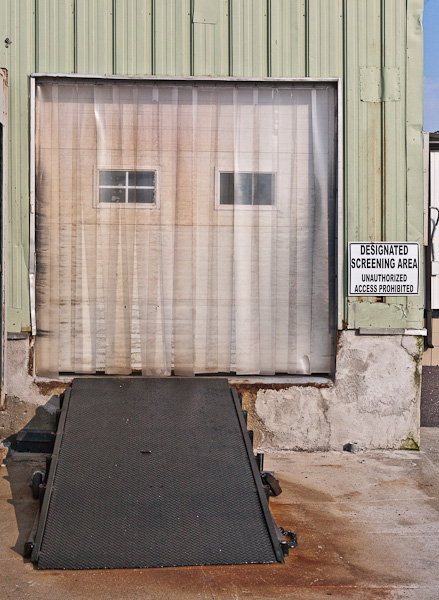
The good thing about a decentralized gnarly computing system is that it doesn’t get stuck in some bad, minimally satisfactory state. The society’s members are all working their hardest to improve things—a bit like a swarm of ants tugging on a twig. Each ant is driven by its own responses to the surrounding cloud of communication pheromones. For a time, the ants may work at cross-purposes, but, as long as the society isn’t stuck in a repetitive loop imposed from on high, they’ll eventually happen upon success—like a jiggling key that turns a lock.
But how to reconcile the computational beauty of a gnarly, decentralized economy with the fact that many of those who advocate such a system are greedy plutocrats bent on screwing the middle class?

I think the problem is that, in practice, the multiple agents in a free-market economy are not of consummate size. Certain groups of agents clump together into powerful meta-agents. Think of a river of slushy nearly-frozen water. As long as the pieces of ice are of about the same size, the river will move in natural, efficient paths. But suppose that large ice floes form. The awkward motions of the floes disrupt any smooth currents, and, with their long borders, the floes have a propensity to grow larger and larger, reducing the responsiveness of the river still more.
In the same way, wealthy individuals or corporations can take on undue influence in a free market economy, acting as, in effect, unelected local governments. And this is where the watchdog role of a central government can be of use. The central government can act as a stick that reaches in to pound on the floes and break them into less disruptive sizes. This is, in fact, the reason why neocons and billionaires don’t like the idea of a central government. When functioning properly, the government beats their cartels and puppet-parties to pieces.
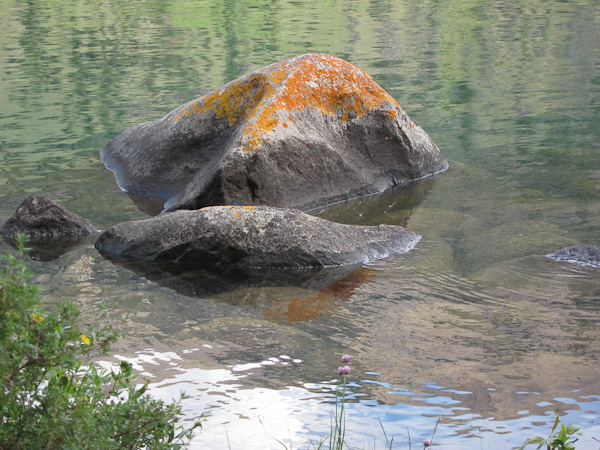
Science fiction plays a role here. SF is one of the most trenchant present-day forms of satire. Harsh truths about our present-day society can be too inflammatory to express outright. But if they’re dramatized within science-fictional worlds, vast numbers of citizens may be willing to absorb them.
For instance, Robert Heinlein’s 1953 classic, Revolt in 2100, very starkly outlines what it can be like to live in a theocracy, and I’m sure that the book has made it a bit harder for such governments to take hold. John Shirley’s 1988 story, “Wolves of the Plateau” prefigured the eerie virtual violence of online hackerdom. And the true extent of the graft involved in George Bush’s neocon invasion of Iraq comes into unforgettably sharp relief for anyone who reads William Gibson’s 2007 Spook Country.
Backing up a little, it will have occurred to alert readers that a government that functions as a beating stick is nevertheless corruptible. It may well break up only certain kinds of organizations, and turn a blind eye to those with the proper connections. Indeed this state of affairs is essentially inevitable given the vicissitudes of human nature.

Jumping up a level, we find this perennial consolation on the political front: any regime eventually falls. No matter how dark a nation’s political times become, a change will come. A faction may think it rules a nation, but this is always an illusion. The eternally self-renewing gnarl of human behavior is impossible to control, and the times between regimes aren’t normally so so very long.
Sometimes it’s not just single regimes that are the problem, but rather groups of nations that get into destructive and repetitive loops. I’m thinking of, in particular, the sequence of tit-for-tat reprisals that certain factions get into. Some loops of this nature have lasted my entire adult life.
But whether the problem is from a single regime or from a constellation of international relationships, one can remain confident that at some point gnarl will win out. Every pattern will break, every nightmare will end. Here is another place where SF has an influence. It helps people to visualize alternate realities, to understand that things don’t have to stay the same.
One dramatic lesson we draw from SF simulations is that the most wide-ranging and extreme alterations can result from seemingly small changes. In general, society’s coupled computations tend to produce events whose sizes have an unlimited range. This means that, inevitably, very large cataclysms will occasionally occur. Society is always in a gnarly state which the writer Mark Buchanan refers to as “upheavable” in Ubiquity: The Science of History…Or Why The World Is Simpler Than You Think (Crown, 2000 New York), pp. 231-233.
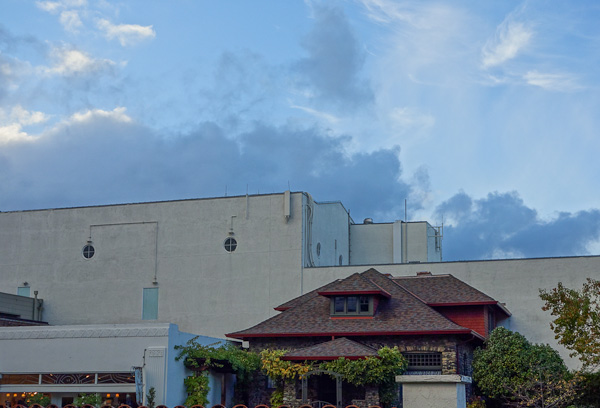
Buchanan draws some conclusions about the flow of history that dovetail nicely with the notion of gnarly computation.
History could in principle be like the growth of a tree and follow a simple progression towards a mature and stable endpoint, as both Hegel and Karl Marx thought. In this case, wars and other tumultuous social events should grow less and less frequent as humanity approaches the stable society at the End of History.
Or history might be like the movement of the Moon around the Earth, and be cyclic, as the historian Arnold Toynbee once suggested. He saw the rise and fall of civilizations as a process destined to repeat itself with regularity. Some economists believe they see regular cycles in economic activity, and a few political scientists suspect that such cycles drive a correspondingly regular rhythm in the outbreak of wars.
Of course, history might instead be completely random, and present no perceptible patterns whatsoever…
But this list is incomplete… The [gnarly] critical state bridges the conceptual gap between the regular and the random. The pattern of change to which it leads through its rise of factions and wild fluctuations is neither truly random nor easily predicted.… It does not seem normal and lawlike for long periods of calm to be suddenly and sporadically shattered by cataclysm, and yet it is. This is, it seems, the ubiquitous character of the world.
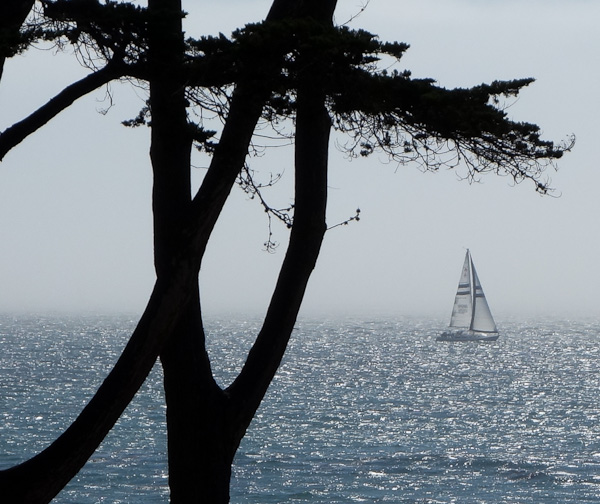
In his Foundation series, Isaac Asimov depicts a universe in which the future is to some extent regular and predictable, rather than being gnarly. His mathematician character Hari Seldon has created a technique called “psychohistory” that allows him to foretell the large-scale motions of society. This is fine for an SF series, but in the real world, it seems not to be possible.
One of the more intriguing observations regarding history is that, from time to time a society seems to undergo a sea change, a discontinuity, a revolution—think of the Renaissance, the Reformation, the Industrial Revolution, the Sixties, or the coming of the Web. In these rare cases it appears as if the underlying rules of the system have changed.
Although the day-to-day progress of the system may be in any case unpredictable, there’s a limited range of possible values that the system actually hits. In the interesting cases, these possible values lie on a fractal shape in some higher-dimensional space of possibilities—this shape is what chaos theory calls a strange attractor.
Looking at the surf near a spit at the beach, you’ll notice that certain water patterns recur over and over—perhaps a double-crowned wave on the right, perhaps a bubbling pool of surge beside the rock, perhaps a high-flown spray of spume off the front of the rock. This range of patterns is a strange attractor. When the tide is lower or the wind is different, the waves will run through a different repertoire—they’ll be moving on a different strange attractor.
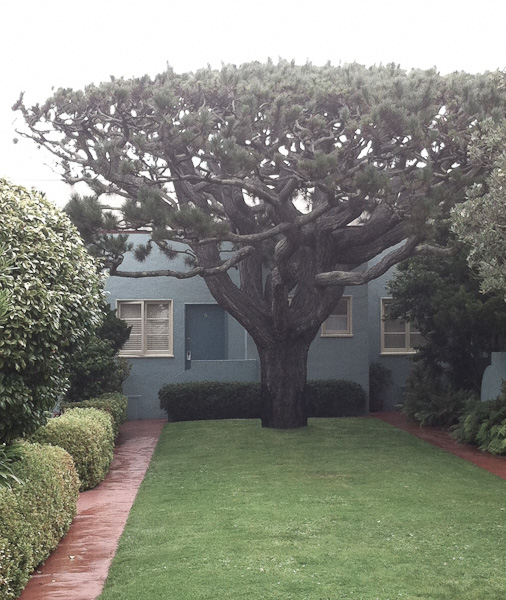
During any given historical period, a society has a kind of strange attractor. A limited number of factions fight over power, a limited number of social roles are available for the citizens, a limited range of ideas are in the air. And then, suddenly, everything changes, and after the change there’s a new set of options—society has moved to a new strange attractor. Although there’s been no change in the underlying rule for the social computation, some parameter has altered so that the range of currently possible behaviors has changed.
Society’s switches to new chaotic attractors are infrequently occurring zigs and zags generated by one and the same underlying and eternal gnarly social computation. The basic underlying computation involves such immutable facts as the human drives to eat, find shelter, and live long enough to reproduce. From such humble rudiments doth history’s great tapestry emerge—endlessly various, eternally the same.

I mentioned that SF helps us to highlight the specific quirks of our society at a given time. It’s also the case that SF shows us how our world could change to radically different set of strange attractors. One wonders, for instance, if the world wide web would have arisen in its present form if it hadn’t been for the popularity of Tolkein and of cyberpunk science fiction. Very many of the programmers were reading both of these sets of novels.
It seems reasonable to suppose that Tolkein helped steer programmers towards the Web’s odd, niche-rich, fantasy-land architecture. And surely the cyberpunk novels instilled the idea of having an anarchistic Web with essentially no centralized controllers at all. The fact that that the Web turned out to be so free and ubiquitous seems almost too good to be true. I speculate that it’s thanks to Tolkein and to cyberpunk that our culture made its way to the new strange attractor where we presently reside.
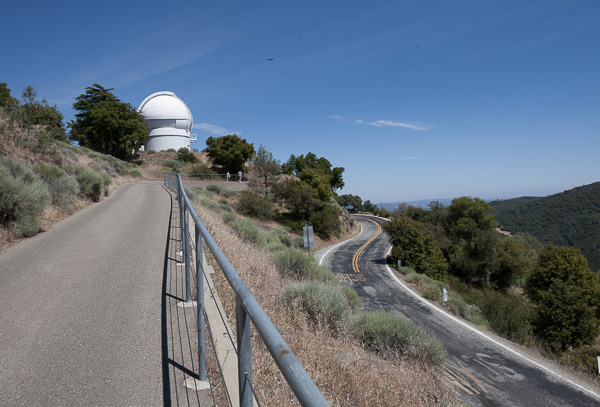
In short, SF and fantasy are more than forms of entertainment. They’re tools for changing the world.


